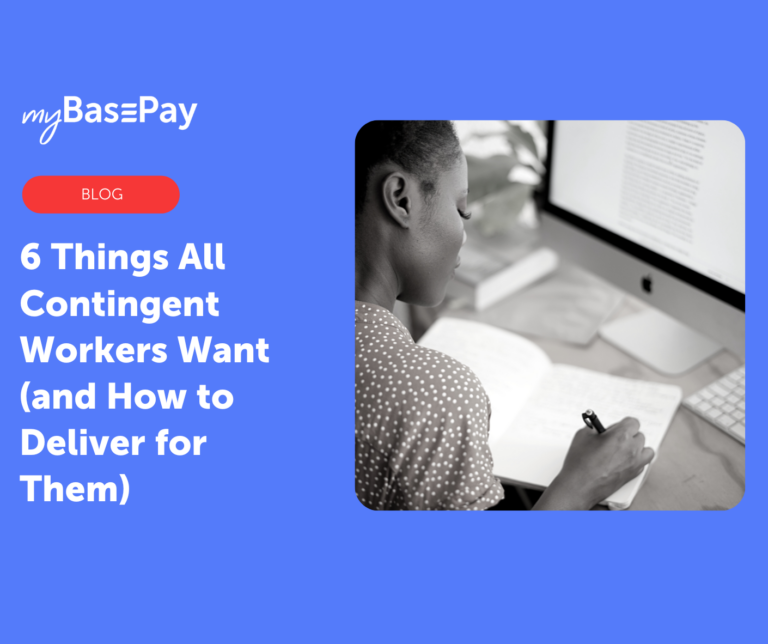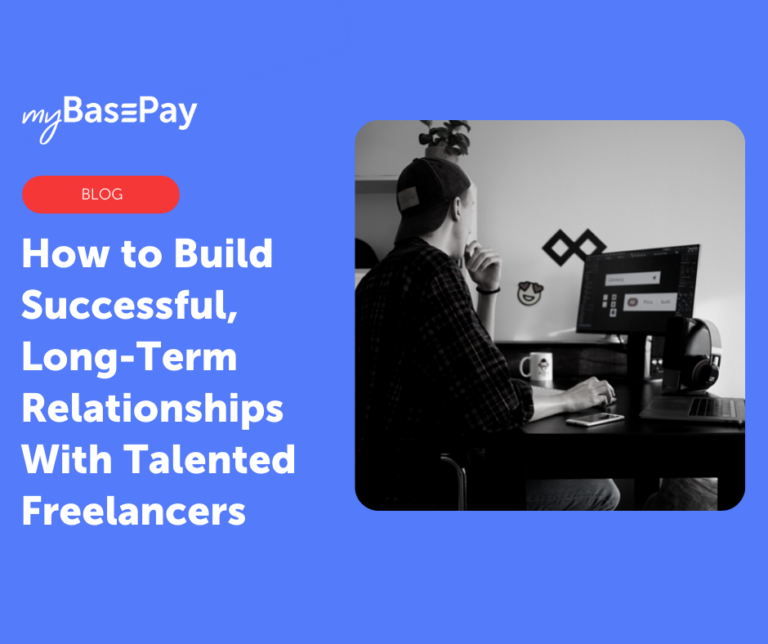How Employers Can Best Maximize the Engagement of Their Contingent Talent
While many employers may feel like they know how to keep their full-time employees engaged at work, contingent talent is another story. However, maximizing worker engagement among contingent talent can prove just as critical for your operations.
After all, contingent workers don’t rely solely on your organization for income. They usually don’t work in your office. As a result, it can be easy for a sense of disconnect to form between them and your company. When that disconnect grows too great, they will likely seek projects elsewhere.
In a time when 70 percent of employed Americans are actively engaged in searching for a new job or open to new roles if approached by a recruiter, you can bet that the competition for contingent talent is at an all-time high.
To keep top talent working with you in the long run, you must maximize their engagement.
Provide Consistent Work
One of the best ways to ensure that a contractor will want to continue working with you is to provide a regular flow of work. For example, if you can consistently provide two or three projects to a contractor each week, they will be far more likely to set time aside so that they will be regularly available to fulfill these needs.
Much like how businesses desire consistency in who they work with, many contractors prefer to work with a few long-term clients. This provides a source of steady income that gives them financial peace of mind.
As much as possible, try to find a regular cadence with which you can provide work to your preferred contractors — even if it’s just once a month. They will have a much easier time fitting you into your schedule than if you only contact them sporadically. This also makes them more likely to inform you in advance of times when they won’t be available, so you can adjust your own schedules and workload accordingly.
Be Inclusive
Contingent workers aren’t going to be in your office on a full-time basis. There’s a good chance they won’t be in the office at all! This can sometimes create a disconnect between contingent talent and your internal team. They may not feel like they are truly valued for their contributions to the organization.
To alleviate this, business leaders should consider how they can help contractors feel like “part of the team” in ways that improve their work experience and facilitate the work they need to do. For example, when holding company meetings or client calls that are relevant to a project the contractor is working on, be sure to invite them to participate. This is better than not giving them a chance to participate and simply telling them of decisions that were made without them.
By treating contingent talent like full-fledged members of a project, you can encourage their buy-in so that they feel like they are contributing to your end goals. You also gain access to their valuable insights. Helping contingent workers become more engaged in this manner will make them more productive and satisfied with their work. Inclusiveness ultimately helps them do their job better.
Actively Seek Feedback
No organization is perfect — but if you never ask the freelancers you work with, you might not get meaningful feedback to help you improve your processes and procedures. If contingent talent doesn’t feel like the scope of their work was clearly defined or that your company’s internal point of contact was responsive enough, you have serious issues that need improvement.
By regularly asking contingent talent about their work experiences with you — and actively listening to them and applying their feedback — you generate significant goodwill among contractors. You demonstrate that you value their contributions and their experience when they work with you.
Continuously improving the work experience will make it much easier to ensure that freelancers will want to work with you again on future projects. If you plan to direct source contingent workers from an internal database, soliciting and applying their feedback can go a long way in building your employer brand. A strong employer brand can help you gain referrals for other top contractors through word of mouth growth, making it even easier to fill open projects and positions.
Meet Their Pay Needs
Payroll processing can be a major hang-up when working with contingent talent. Recurring payment issues are a surefire way to drive away top talent. Your organization needs to be equipped to provide payment in the method that your freelancers prefer.
According to research from Fiserv, 70 percent of freelancers prefer electronic payments, compared to just 13 percent who prefer paper checks. Despite this, 31 percent of freelancers have been paid with paper checks instead of digital payments. Contingent workers want and need to get paid quickly, and not being able to deliver payments in a timely manner can create significant challenges for them.
Your office needs to be equipped to process payments in whatever manner works best for your contingent talent. Flexibility is key to ensure they are paid quickly and accurately. Delays and errors in payments processing can completely upend an otherwise “perfect” contractor relationship, so be sure to do your due diligence.
For internal purposes, these payments must also be classified properly. 1099 workers do not have taxes removed from their paycheck, nor do they receive benefits such as health insurance. This should be reflected on the payment invoice and in your own internal records for tax purposes.
Ensure Compliance as You Work With Contingent Talent
While establishing strong relationships with contingent talent can enhance your team’s productivity and boost your bottom line, there is no denying that it can open up new compliance complexities. The last thing any organization wants is to get in trouble with the IRS for accidentally classifying an individual as a contractor when they are legally considered an employee.
Fortunately, myBasePay can help. By elevating the employer of record (EOR) landscape with a full suite of back office solutions, including compliance administration, you don’t have to worry about the risks and liabilities associated with contingent talent. You can focus on the worker to provide an engaging experience that maximizes their productivity on your behalf.
Author: Cesar Jimenez, myBasePay CEO
Cesar A. Jimenez is an entrepreneur, investor, and military veteran with over 25 years of staffing industry expertise successfully leading technology staffing organizations. His expertise in the IT industry allows him to use his experience as a thought leader for talent acquisition, staffing, IT, and recruitment technologies with a passion for contingent workforce solutions. Cesar has held various leadership roles for both a global staffing organization and technology solutions companies. This expertise has enabled him to develop alternative workforce models that provide the agility for organizations to be competitive in today’s marketplace. In his spare time, he enjoys spending time with hisfamily, working out, and coaching high school baseball players.






